

The Chinese elm or Ulmus parvifolia is a very popular species to use for bonsai. The Chinese Elm Tree is often on the top 3 list of trees recommended for beginners in bonsai due to its hardy nature and its speed to build branching which keeps the beginner excited. This species of tree features small leaves and is of the deciduous variety so it will drop its leaves throughout the winter period. This is a good tree for people who live in colder environments but surprisingly it is one of the few deciduous trees that can also thrive in a warm humid environment as well. Chinese elm can build a large amount of ramification on their branches due to the minimal spacing between internodes which are easy to keep short unlike some other species. Lets take a look at some of the care tips for the Chinese Elm Bonsai.
Styles : The most common style for Chinese elm is the root over rock style, This tree grows large elongated roots which are perfect for creating the root over rock style. If you take a young elm and grow it in a long pvc pipe you will get plenty of long roots to spread out over a rock, you can then plant this in a nursery contain for a season or 2 and let the roots cling to the rock. Chinese elm bonsai also suit the informal upright style as well with some gentle movement in the trunk.
These trees can handle full sun if you can provide the correct care for them, if you are not around to provide proper watering then it is recommended that you place your tree in partial shade so that the tree gets plenty of morning sun but is shaded by the hot afternoon. When it comes to the colder weather your tree can stay outside down to -10c. It is recommended though to protect the roots and pot especially if the pot is small. The smaller the root ball the less tolerant it will be. You can do this by placing the tree directly on the ground and covering it with something like pine bark. Make sure you leave the top of the soil surface somewhat visible though so you can still gauge if the tree needs watering. Keep in mind as well that because Chinese elm is suited to beginners there are 2 other cautions to take with cold weather, 1 is most beginner trees are sold in cheap Chinese production pots which are full of air pockets in the clay, if water gets into those air pockets and freezes it could crack your pot. 2 is that Chinese elm are also sold as indoor bonsai species so if you elm has spent a lot of time inside it might not be so adjusted to the cold outdoor winter weather so you will need to keep it in a none heated room over winter.
When it comes to watering Ulmus parvifolia make sure that during the warmer months you are generous with the watering, you will want to make sure you give the tree a deep water in the mornings before work if it is going to be a hot or windy day. You may also need to water again in the evening when you get back home during the peak of the hot season. Chinese elm move a lot of water so keeping them in good supply is necessary. As the weather begins to cool through autumn your watering will be reduced and through winter it will be minimal, but keep in mind to never let the roots completely dry out.
If you are trying to thicken your Chinese elm up then you can feed it with a high nitrogen fertilizer while it is in a growing container, this will give you big leaves and longer branching which will aid in the thickening of the trunk. Once the tree is at the desired thickness and you have moved over into a bonsai pot you will want to fertilize with a lower nitrogen fertilizer. Something below 10 is ideal. You will also want to wait until the first spring flush has hardened off before fertilizing as well as the first flush is always the strongest.
Re Potting for Chinese elm can be done at the end of winter early spring, there is no exact time but what you need to look for is when the buds begin to swell, this tells you that the tree has woken up from its winter dormancy and will be able to begin repairing any cuts you make on the roots straight away, if you trim the roots to early in the winter the tree wont repair the roots until it wakes up and those wounds will sit in damp soil and are open to rot and infection. You want to get the repotting done before the buds fully open into leaves though as once the leaves fully open the tree will be rapidly moving water and if you have pruned the root system hard then the tree wont be able to keep up with its production and you run the risk of losing branches or even the tree. There will be a small window of maybe 1 week or 2 weeks to get this done so pay close attention the the tree as the end of winter approaches.
Starting in spring you will want to let the first flush fully elongate to around 6 to 8 pairs of leaves and harden off before pruning, this will allow the new foliage to photosynthesis and re energise the tree. Once you allow this to happen you can prune your branches back to either the first set of leaves or to where ever you need to keep the trees shape, you will get another 2 -3 flushes of growth through out the growing season so building branches can be a fast process.
Most elm bonsai look good in a shallow glazed pot, but if you have done a root over rock these tend to look better in a slightly deeper unglazed pot because the rock adds a little more masculinity to the design. But as the artist this is completely up to you and this is only a guide.
Chinese elm can easily be propagated via cuttings from late spring to early summer by cutting off around 6 inch shoots and planting them in a well draining soil with rooting hormone. This is a great way to start new future potential bonsai and gives you trees to experiment with.
I hope this has helped you understand Chinese elm bonsai a little better or has inspired you to go purchase a Chinese elm and try for yourself.
Savings opportunities
Shop Tools And Accessories
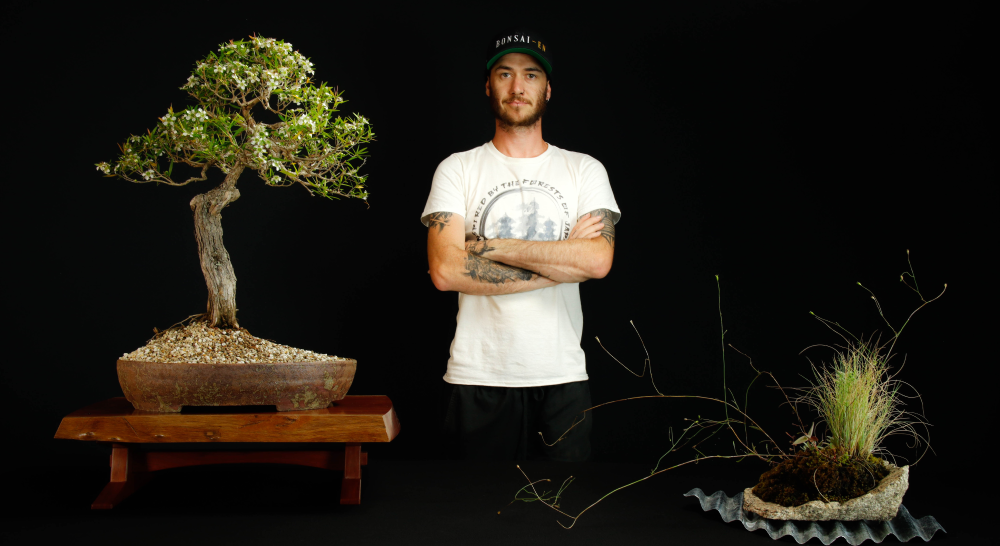
Author : Joshua Hooson
Joshua Hooson is an author and enthusiast of the art of bonsai. He has built his knowledge and understanding of bonsai through a combination of self-experience, lessons learned through hands-on practice, and extensive research. His articles reflect his passion for the subject and offer insights gained through his own personal journey in the world of bonsai. All the information provided in his works is a result of his own experiences and the knowledge he has gained through his studies. He is dedicated to sharing his love of bonsai and helping others grow in their understanding and appreciation of this ancient and beautiful art form.

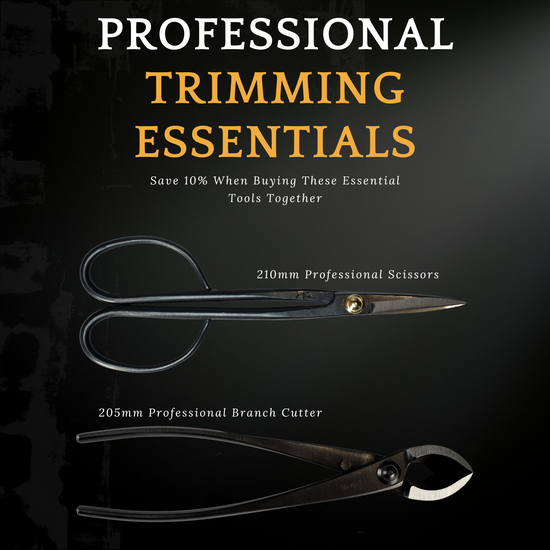

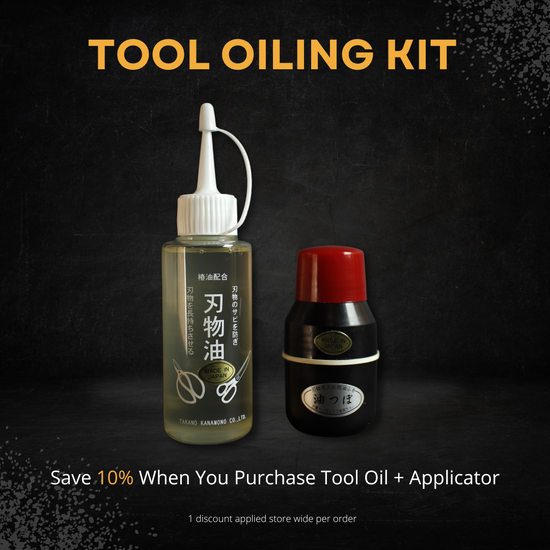
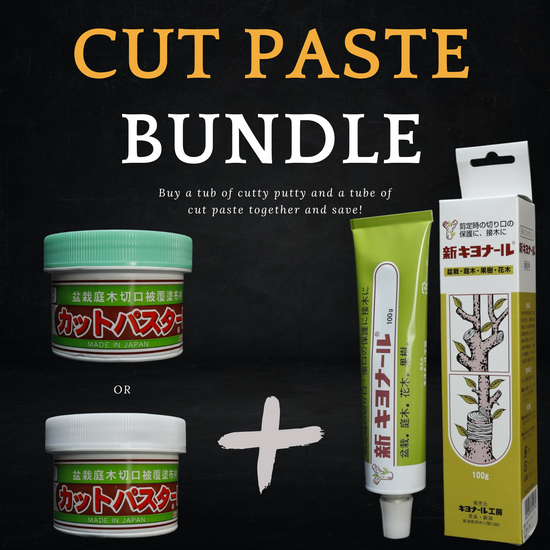




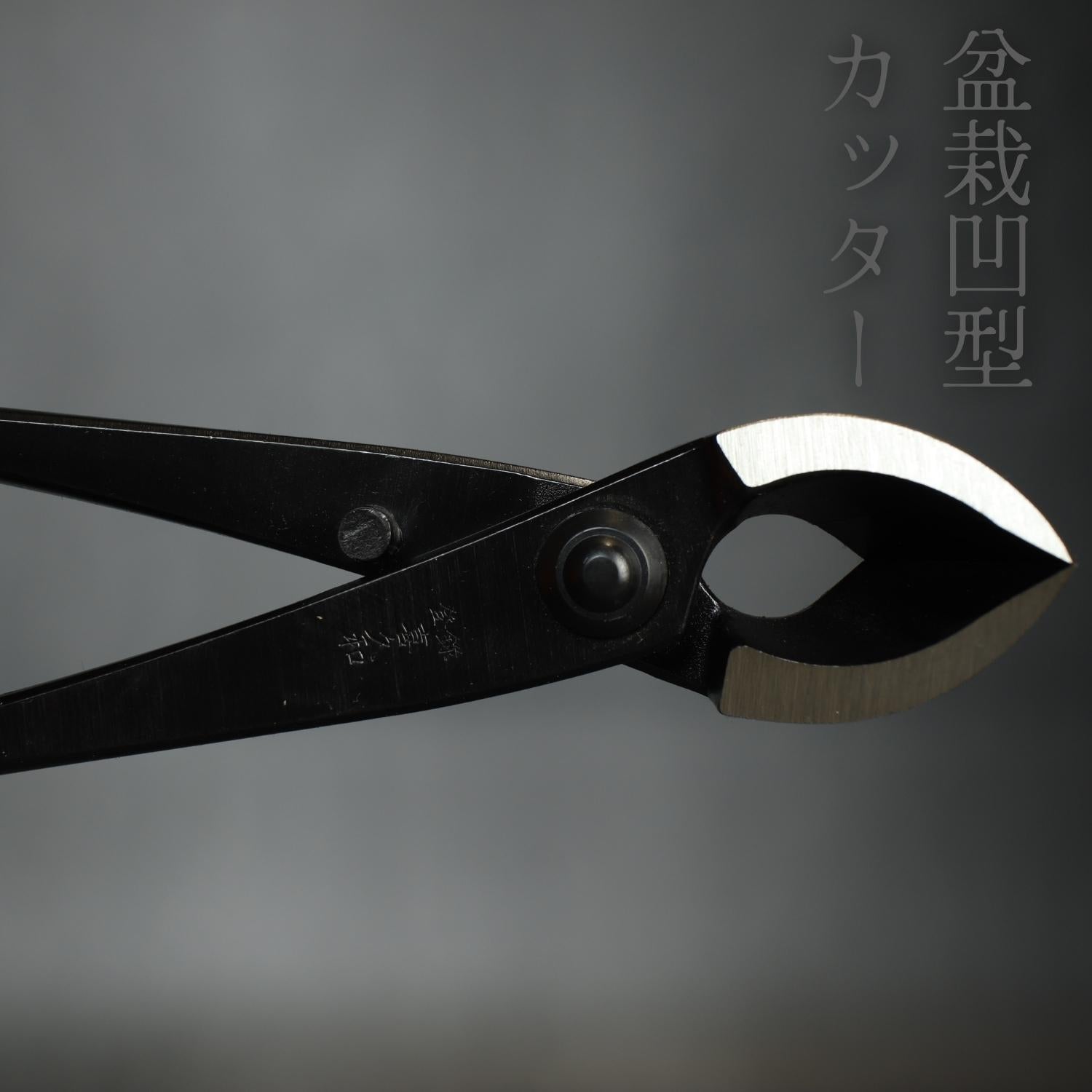
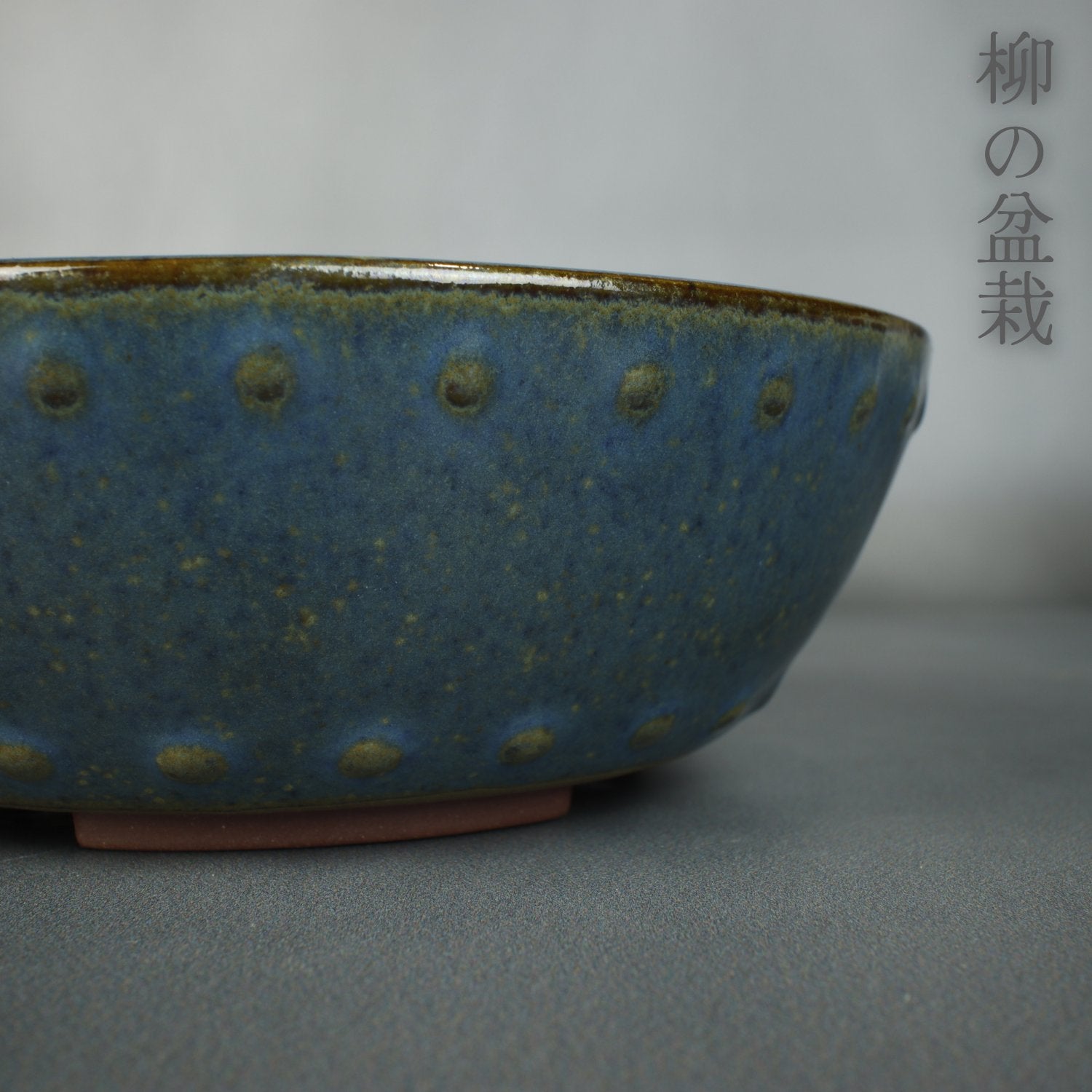
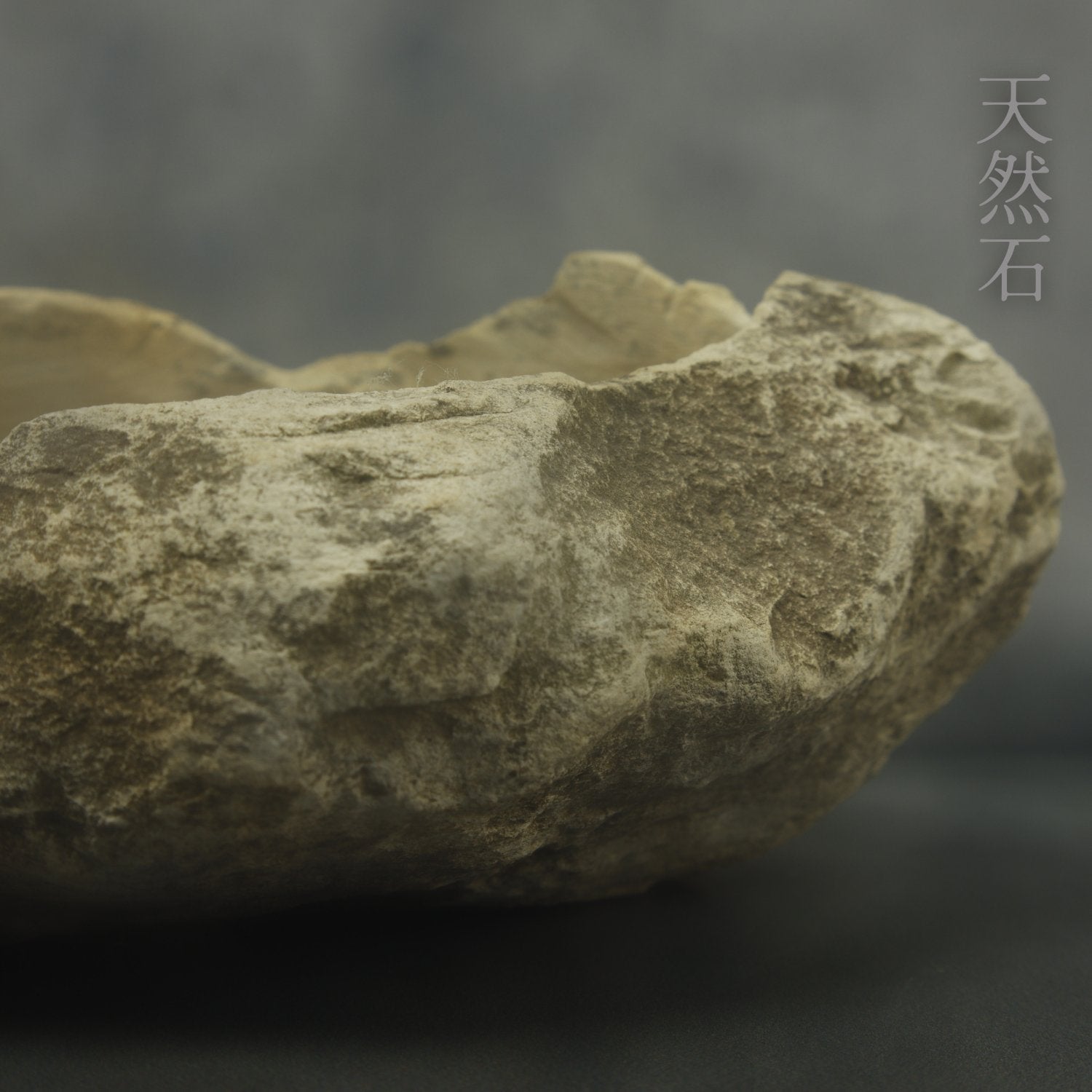
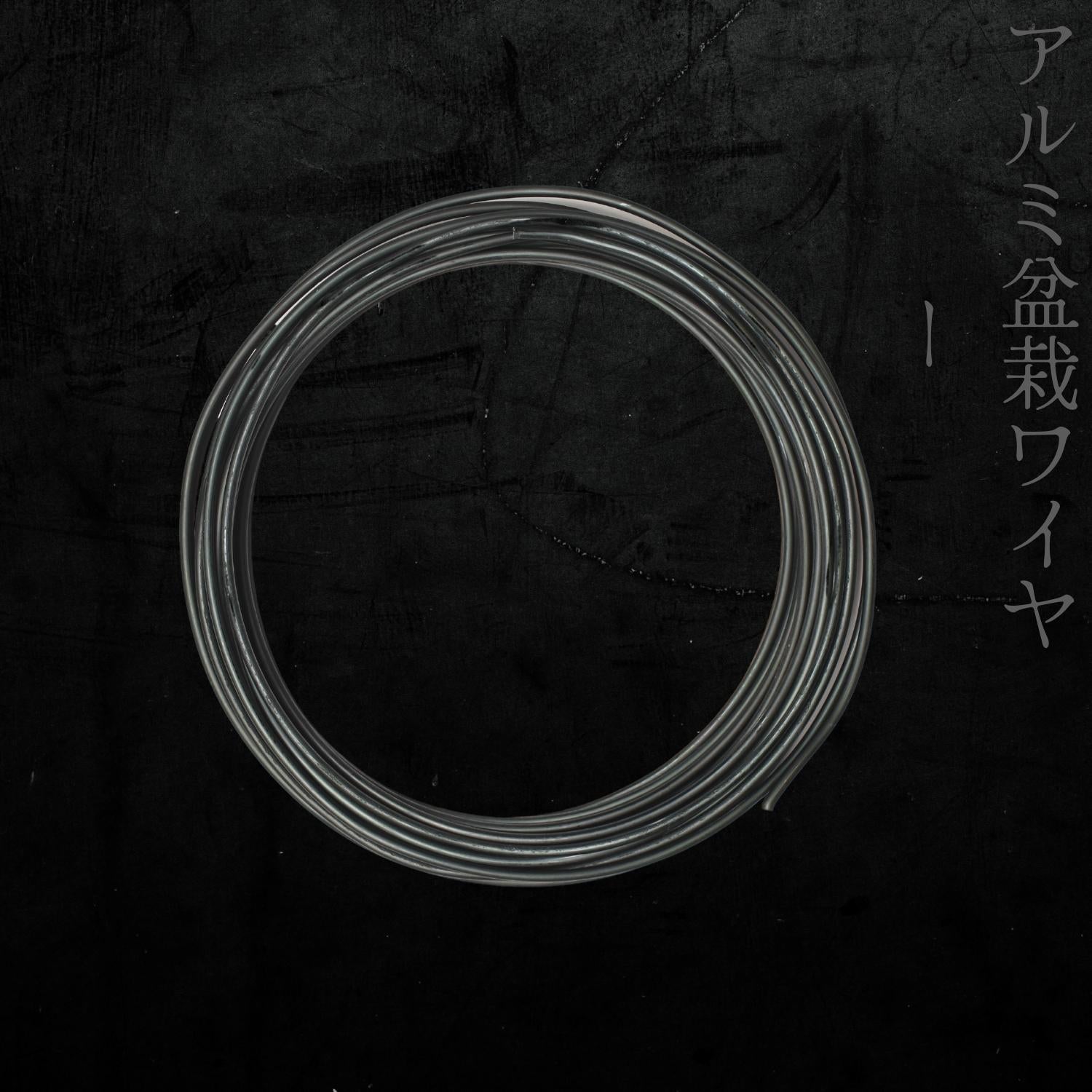
1 comment
I loved everything you said about Chinese Elm. I’m a beginner and I’m about to dig up my Chinese Elm which I planted in the garden 1 1/2 yrs ago on a polystyrene platform then buried with soil. I have learned so much from your knowledge. Tomorrow I will check if there are buds. Wish me luck. Thank you 🙏🏻